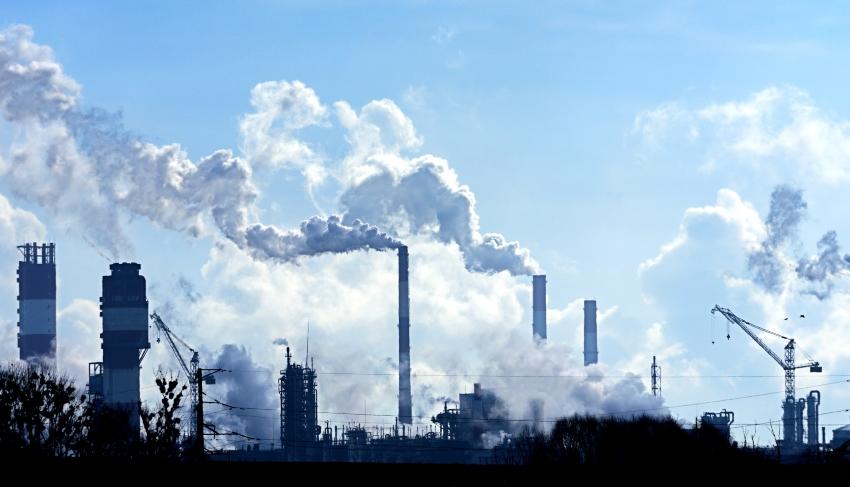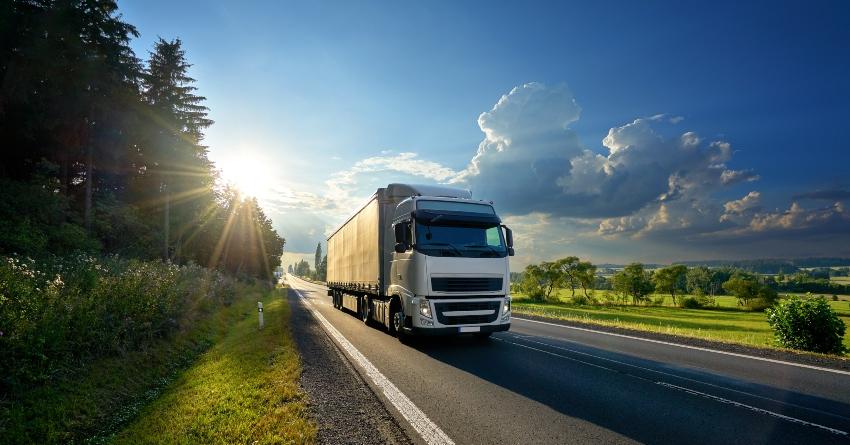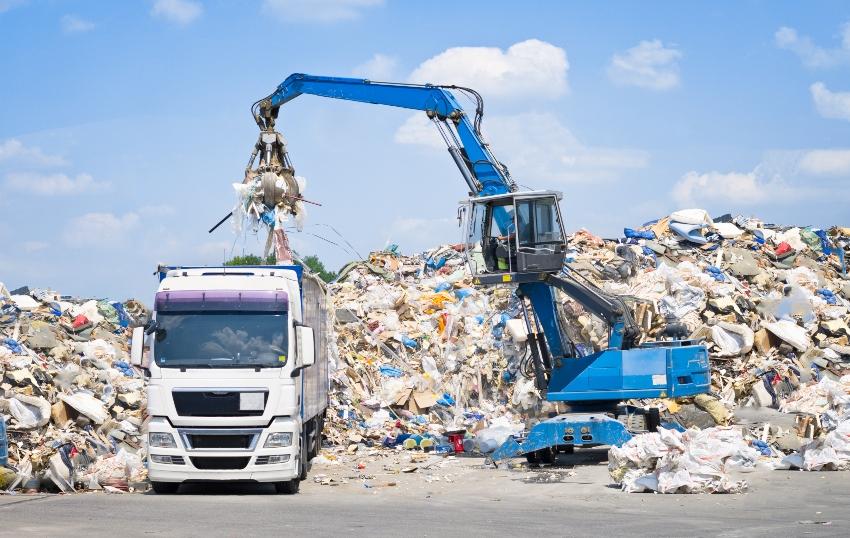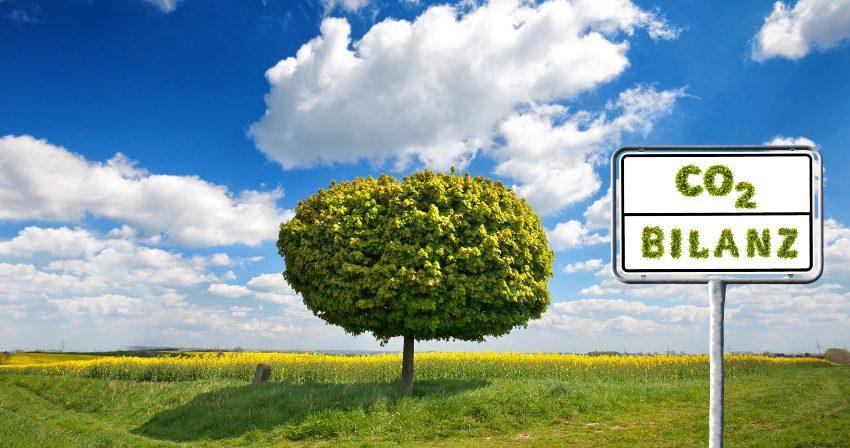« How to Identify Starting Points for Reducing Greenhouse Gas Emissions »
Global warming is arguably the greatest threat of our time. Looking at prehistoric periods, we see that during every major climate shift, the species that went extinct were the most highly developed. Avoiding greenhouse gas emissions can slow down or even halt climate change. Classifying emissions into Scope 1, 2, and 3 categories provides an overview of their sources, enables the targeted quantification of emissions within each area, and helps identify measures for reducing them.
Classification of Emission Sources in the Greenhouse Gas Protocol
The classification into Scope 1, 2, and 3 emissions originates from the Greenhouse Gas Protocol (GHG Protocol). It is a standard for measuring and reporting greenhouse gas emissions that considers the entire value chain. The basic idea is that businesses are closely interconnected. The production of goods and the provision of services always involve both suppliers and customers. Economic activity is not possible without this interaction. Greenhouse gases released by any market participant are, in part, the responsibility of all companies that rely on their services or receive payment from them. This principle runs through the entire value chain—from raw material extraction to the use of and final disposal of products.

The Greenhouse Gas Protocol distinguishes between direct and indirect greenhouse-gas releases. Direct releases are gases a company itself sends into the atmosphere and can be measured on site. Indirect releases occur at partners across the value chain. When they stem from purchased electricity, heat, or cooling, their magnitude can be estimated from energy consumption; other indirect GHG output is harder to quantify. Scopes 1, 2, and 3 map to these three areas.
- Scope 1: Direct release of greenhouse gases by the company itself.
- Scope 2: Indirect release from energy providers.
- Scope 3: Indirect release along the upstream and downstream supply chain.

Collecting Emissions Data for Scope 1 and 2 Emissions
Information that can be used to derive emission volumes in these areas is mostly available from accounting and technical systems. Accounting departments track exactly what the company spends money on. Based on invoices for electricity, fuel oil, natural gas, and vehicle fuel, consumption figures can be determined. By multiplying consumption with emission factors, greenhouse gas emissions can be calculated in CO₂ equivalents.
Emission factors are conversion values expressed as CO₂ equivalents per kilowatt-hour, gallon, cubic foot, or unit of production. The last category is relevant for agricultural products such as meat or milk. Extensive lists of emission factors are included in the GHG Protocol. In the United States, the Environmental Protection Agency (EPA) provides emission factors through its AP-42 database and other resources, which are widely used for environmental reporting and regulatory compliance. Direct emissions from the company’s own production processes can be calculated using mass-balance methods based on the chemical reactions involved. Alternatively, modern gas measurement and analysis systems can be used to determine the amounts directly in the exhaust stream.

Direct releases of greenhouse gases resulting from in-house production processes can be calculated using substance and mass balances based on the relevant reaction equations. Alternatively, modern measurement and analysis technology can determine quantities directly in the exhaust stream.

Collecting Emissions Data for Scope 3
To better determine the many types of Scope 3 emissions generated by upstream and downstream activities of other companies, the following 15 categories have been defined.
Upstream Activities
- Purchased goods and services (raw materials, consumables, services)
- Capital goods (production infrastructure)
- Share of fuel and energy use by upstream companies
- Transport and distribution (purchased logistics services)
- Waste generated in operations (packaging, process waste, etc.)
- Business travel (public or rental)
- Employee commuting
- Leased buildings, machinery, etc.

Downstream Activities
- Transport and distribution of sold goods
- Processing of sold products
- Use of products sold by end users
- Disposal or treatment of products sold at end-of-life
- Leased assets (facilities, equipment, or vehicles operated by other firms)
- Franchises
- Investments in external companies or projects

Accounting is also the first source of information for Scope 3. Invoices and receipts show what was purchased or sold and what services were used. Service contracts often specify the exact scope of services rendered.
The R&D department may provide further insight into greenhouse gas emissions in downstream activities, including product usage and end-of-life disposal. It stores technical product data and manuals. Additional emission data from upstream and downstream partners may be available from their climate reports.
Complex supply chains and limited data from partner companies make calculating Scope 3 greenhouse gas emissions challenging. In such cases, general emission factors can be used to estimate values.
Identifying Relevant Emission Sources
Not all emission sources have equal impact on climate protection. The focus should be on sources within the value chain that release the largest amounts of greenhouse gases. These are the most promising leverage points for effective reduction strategies. These can be found in upstream, internal, or downstream activities.
Companies can exert the most direct influence on material consumption and energy efficiency in their own operations. For instance, surface treatment processes often involve high temperatures and special process chemicals. Selecting optimal chemical products and avoiding heat loss improves sustainability and reduces Scope 1 emissions in the surface treatment business.
Sustainable chemistry—also known as green chemistry—supports surface treatment efforts. As an upstream supplier, it can provide tailored products that enable optimal processing for cleaning and coating of workpieces, whether through painting or the use of lubricants. When green chemistry principles are applied, it reduces not only its own greenhouse gas footprint but also contributes to lowering the Scope 1, 2, and 3 emissions of its partners.
[1] https://ghgprotocol.org/sites/default/files/Guidance_Handbook_2019_FINAL.pdf [2] https://ghgprotocol.org/sites/default/files/2022-12/Scope%202%20Guidance%20case%20studies_0_0.pdf Kluthe Magazine
Kluthe Magazine


